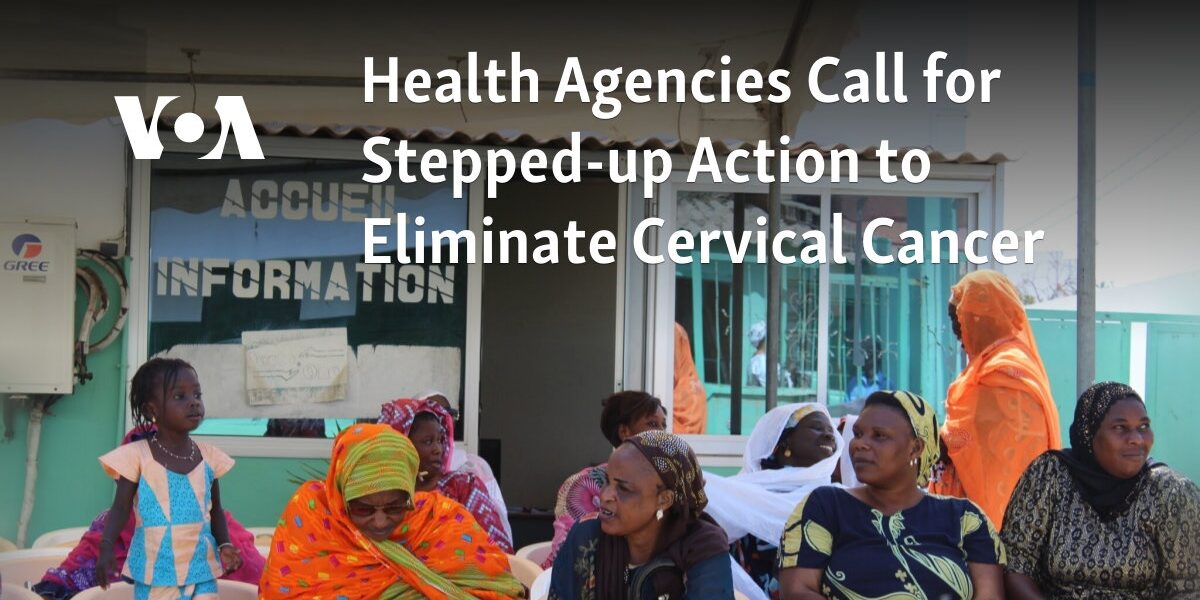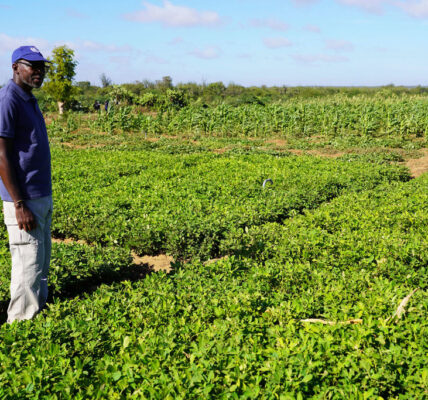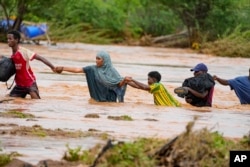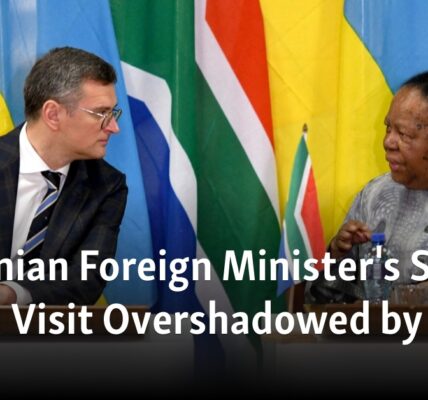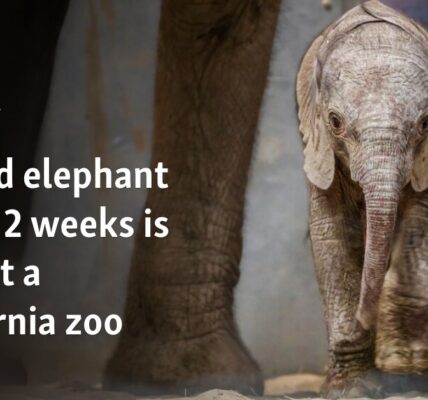Health organizations are urging for increased efforts to eradicate cervical cancer.
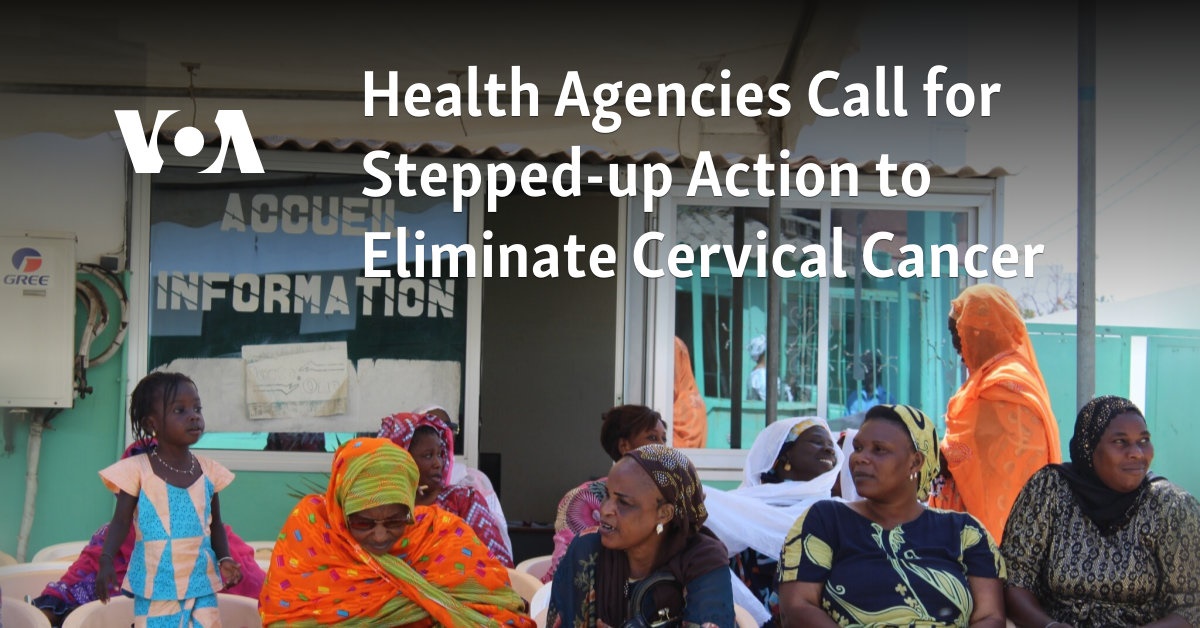 GENEVA —
GENEVA —
Health organizations are calling on governments and civil society to increase efforts in eradicating cervical cancer, a disease that is preventable through vaccination and claims the life of a woman every two minutes, primarily in countries with low and middle incomes.
Herve Verhoosel, a spokesperson for Unitaid, stated that it is the fourth most prevalent form of cancer in women globally. He also noted that it is among the few types of cancer that can be avoided through vaccination. Unitaid is an organization that offers accessible and crucial health products to individuals in low and middle-income nations.
Verhoosel stated on Tuesday that the combination of HPV vaccination, screening, and treatment has been proven to be an effective strategy for eliminating cervical cancer caused by human papillomavirus. This came ahead of the inaugural global forum focused on the eradication of cervical cancer.
The forum will be held in Cartagena, Colombia from March 5 to 7. It is being organized by Spain, Colombia, and nine prominent organizations focused on development and health.
348,000 women died in 2020
According to Verhoosel, the forum presents a crucial opportunity for the international community to speed up efforts towards fulfilling a groundbreaking commitment made in 2020. This commitment was made by almost 200 countries who pledged their support for the World Health Organization’s global strategy to eradicate cervical cancer.
The WHO, Unitaid, and other aid organizations reported the data on the number of cases. The WHO predicts that 348,000 women died from cervical cancer in 2020, with 90% of those deaths occurring in low- and middle-income countries. It cautions that if we do not take action, annual deaths from cervical cancer could rise to 410,000 by 2030.
In order to achieve elimination, the WHO has established three goals: 90% of girls should receive the HPV vaccine by age of 15, 70% of women should be screened using a high-performance test by age 35 and again at 45, and 90% of women with cervical disease should receive treatment.
Sub-Saharan Africa has been identified by the WHO as having the highest incidence of cervical cancer in the world. This is due, in part, to the worsening effect of the HIV epidemic, as the common HPV virus is often transmitted through sexual contact.
According to Prebo Barango, a cross-cutting specialist at the WHO focusing on noncommunicable diseases and special initiatives, the presence of cervical cancer in certain countries highlights the unequal access to prevention and healthcare as well as social and economic disadvantages faced by affected communities.
He emphasized the significance of immunizing adolescent females and increasing the availability of screenings and early treatment for older women.
He stated that there is not just one option to choose from. However, he acknowledges that the availability of screening and treatment is extremely low due to the fact that most countries do not provide coverage for these procedures.
Barriers to vaccination
According to the World Health Organization, the HPV vaccine has been proven effective but only one in five teenage girls has received it. Barango noted that one issue with the vaccine is that it is recommended for 14-year-olds, which is not typically the age for receiving vaccines.
In addition, he mentioned that due to the closure of schools and the focus on addressing the pandemic, there was a notable decrease in the administration of these vaccines during COVID-19.
According to the World Health Organization, there are affordable and proven methods for screening and treating cervical cancer. However, significant obstacles and disparities still exist in the most affected regions. The WHO points out that less than 5% of women in low- and middle-income countries undergo screening for cervical cancer.
The WHO’s shift from recommending two doses to one dose of the HPV vaccine may have a significant impact, according to Unitaid spokesperson Verhoosel.
He stated that a single HPV vaccine allows for greater accessibility to girls globally and will greatly decrease expenses and logistical obstacles.
The non-profit organization GAVI, which focuses on vaccinations, is offering millions of low-cost doses of the HPV vaccine to underdeveloped countries for a price of approximately $5.00 per dose. Additionally, Unitaid reports that, in collaboration with its partners, it has successfully negotiated agreements resulting in a 40% decrease in the cost of HPV tests.
Source: voanews.com
